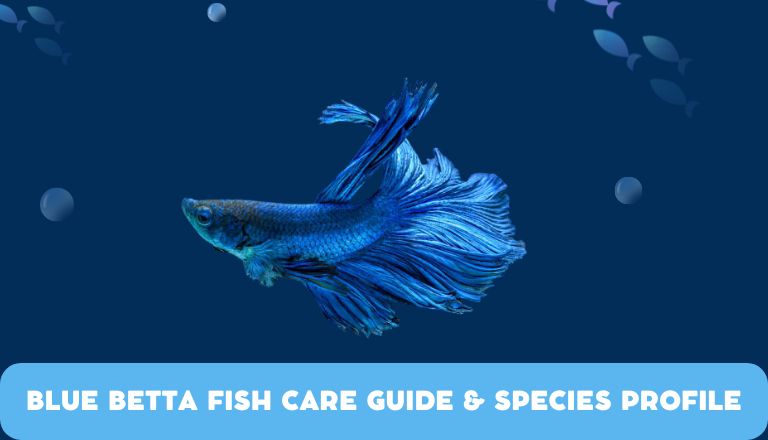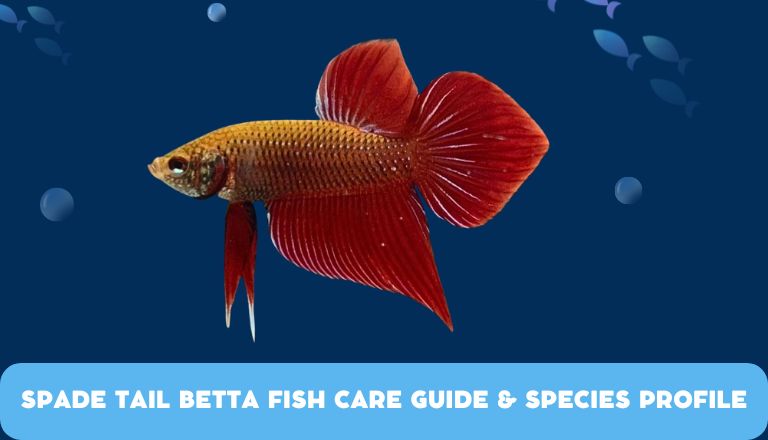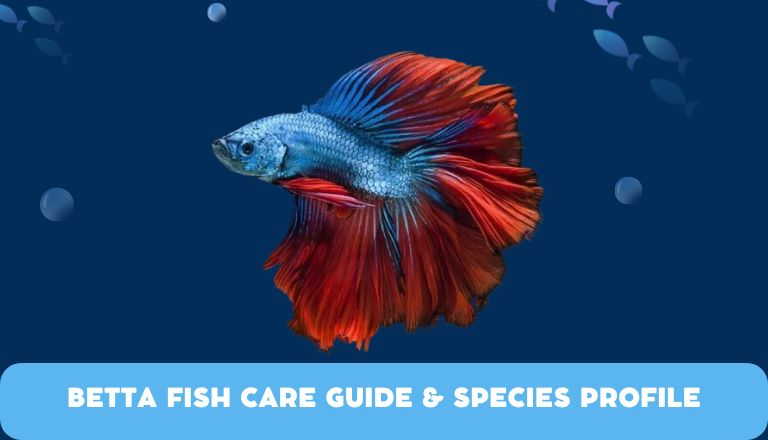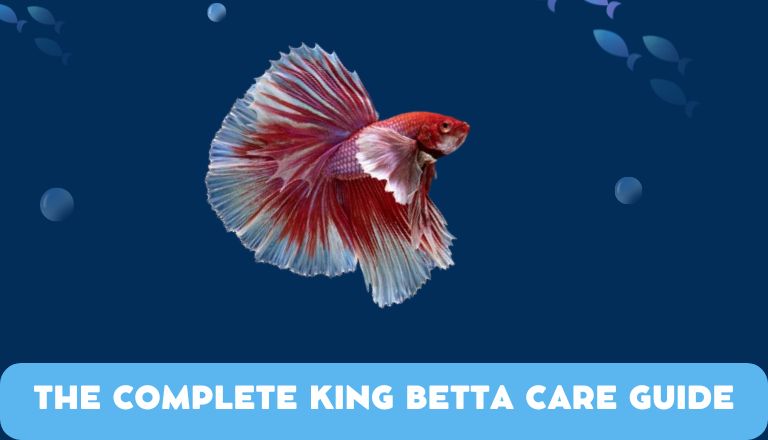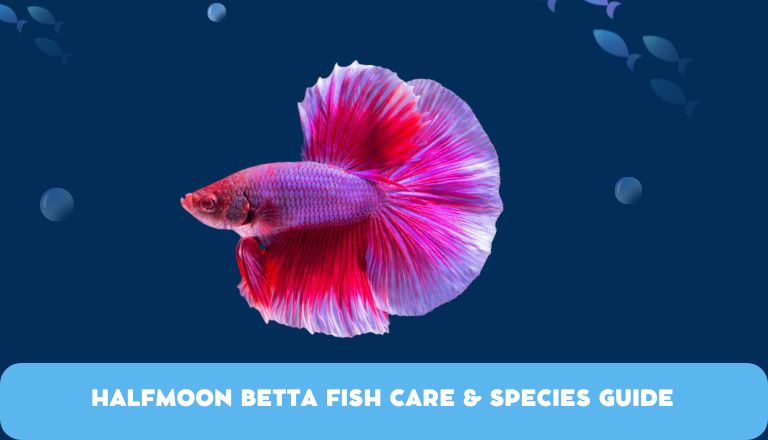Blue Betta Fish Care Guide & Species Profile
Are you ready to dive into the fascinating world of Blue Betta Fish care? These stunning aquatic creatures possess a unique beauty and personality that sets them apart. In this comprehensive guide, we will explore everything you need to know to provide the best possible care for your Blue Betta Fish companion.
From setting up the perfect tank environment to understanding their behavior and nutritional needs, we will cover it all.
Blue Betta Fish Facts & Overview
The Blue Betta Fish, scientifically known as Betta splendens, belongs to the Osphronemidae family. Originating from Southeast Asia, these vibrant creatures can grow up to 2.5 inches in size and are admired for their flowing fins and stunning colors.
Blue Betta Fish are relatively low-maintenance, making them a popular choice for beginner fishkeepers. Maintain a stable water temperature of around 78-80°F and provide them with a proper diet consisting of high-quality betta pellets or flakes.
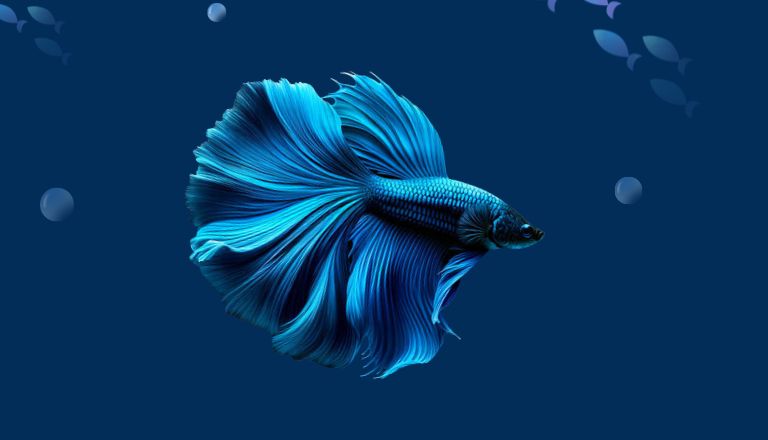
They thrive in slightly acidic water with a pH range between 6.5-7.5. Provide ample space for them to swim and explore.
Appearance
The Blue Betta Fish is stunning with its shiny blue scales that range from deep cobalt to sky blue. Its long fins flow gracefully as it swims, making it look elegant. The Blue Betta has mesmerizing eyes that can look almost see-through in the right light.
The Blue Betta stands out with its cool and calming blue colors. Watching a Blue Betta swim is like seeing a living piece of art, with its bright colors creating a beautiful underwater show. Whether in an aquarium or a pond, the beauty of a Blue Betta Fish always captures attention and amazement.
Behavior
Blue betta fish exhibit unique behaviors that make them a popular choice among fish enthusiasts. These beautiful creatures are territorial by nature and display aggression towards other male bettas. It makes them excellent contenders in the world of fish fighting. In a well-maintained aquarium with plenty of space and hiding spots, blue bettas can coexist peacefully with other species.
Habitat and Tank Requirements
Blue betta fish require a well-equipped tank to thrive in captivity. Provide them ample space for swimming and exploring. Maintain a consistent water temperature and ensure good water quality by performing regular water changes.
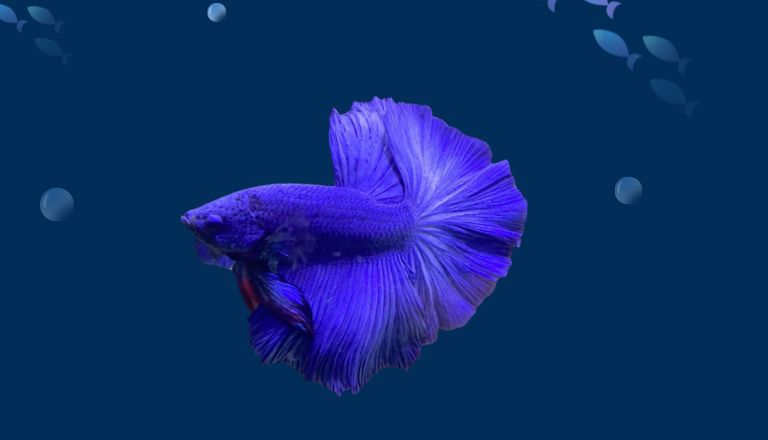
Add live or artificial plants, caves, and other decorations to create a stimulating environment for these curious fish. Provide proper filtration and adequate lighting to ensure the health and well-being of blue betta fish in captivity.
Tank Conditions
Bettas prefer a slightly acidic pH level between 6.5-7.5 and a temperature between 75-80 degrees Fahrenheit. Maintain good water quality by performing regular water changes and using a good filtration system to keep the tank clean.
Provide at least 2.5 gallons of water per Betta fish. Larger tanks are always better as they provide more space for the fish to swim and explore their environment. Having ample space can help reduce stress levels in Bettas and promote their overall well-being.
Compatibility and Tankmates
When selecting tankmates, consider the compatibility of different species to ensure a harmonious aquatic environment.
Choose species with similar dietary requirements to avoid competition for food. Provide plenty of hiding spots and territories within the aquarium to reduce stress and aggression among inhabitants. By regularly watching how different species interact, you can stop conflicts before they get worse.
When choosing tankmates for your Blue Betta fish, consider their peaceful nature and long-flowing fins. Opt for small, peaceful fish like Neon or Ember Tetras that won’t nip at the Betta’s fins.
Another excellent choice for tankmates are bottom-dwelling creatures such as Corydoras Catfish or Mystery Snails. These non-aggressive scavengers keep the tank clean while coexisting peacefully with Blue Bettas.
Tankmates (To Avoid)
Avoid fin nippers like Tiger Barbs or Guppies, as they may harass the Betta and nip at its flowing fins, causing stress and potential injury.
Avoid keeping small fish that live in different parts of the water with Blue Bettas. Fish like Rasboras prefer the top and middle of the tank, which can cause competition for space and food with the betta.
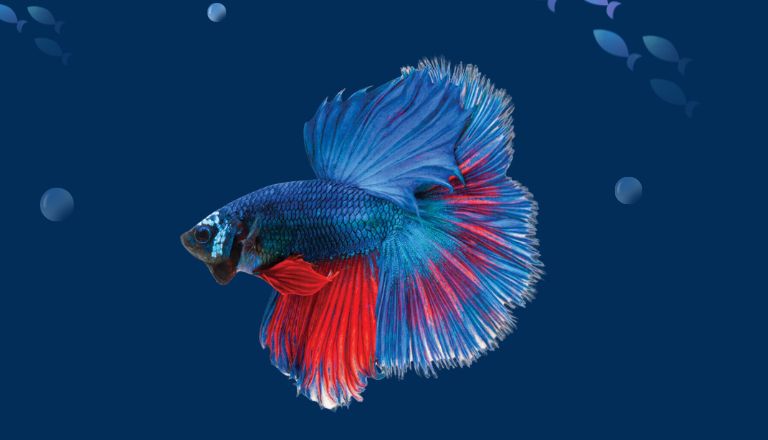
To create a peaceful aquarium for your Blue Betta, choose tankmates with similar behavior and habitat preferences to prevent conflicts.
Diet and Feeding Requirements
Blue Betta fish require a balanced diet to thrive in a tank. A combination of high-quality betta pellets, frozen or live foods like bloodworms and brine shrimp, and occasional treats such as dried insects can keep them healthy. Avoid overfeeding to prevent obesity and water quality issues.
Feed Betta fish small portions two to three times a day rather than one large meal to mimic their natural eating habits.
Live plants in the tank can also provide additional nutrients and stimulation for Blue Betta fish.
After feeding, watch how they act to see if you need to give them more or less food. This will keep them lively and healthy in their water.
Breeding
Breeding Blue Betta fish is a fascinating process that requires careful planning and attention to detail.
To begin, select a healthy male and female Betta for breeding purposes, ensuring they are well-fed and housed in separate tanks. When ready to breed, introduce the male Betta into the female’s tank, and monitor their interactions closely.
During the breeding process, the male will build a bubble nest at the water’s surface using his saliva as an adhesive. The female will then lay eggs near the nest while being guarded by the male. Once fertilization occurs, remove the female from the tank to prevent aggression from the male.
After spawning, maintain water quality and temperature to ensure successful hatching of the eggs. Upon hatching, feed the newborn fry with specialized food such as infusoria or baby brine shrimp to support their growth and development.
Conclusion
Caring for a blue Betta fish involves providing a suitable tank with clean water and appropriate decorations. These fish require a balanced diet of high-quality pellets or live food to thrive. Maintain a consistent water temperature for their health.
Blue Betta fish are known for their unique coloration and long flowing fins, adding beauty to any aquarium. By following these care tips, you can ensure your blue Betta fish lives a happy and healthy life. Make sure to provide the best care for your Betta fish by implementing these guidelines today!
FAQs
Are Blue Bettas Common?
Yes, blue bettas are quite common among the various color variations of betta fish. They are popular for their vibrant and striking blue hues, which can range from light sky blue to deep navy blue. Blue bettas can be found in pet stores and online retailers, making them easily accessible for fish enthusiasts looking to add a colorful addition to their aquarium.
How Long do Blue Betta Fish Live?
Blue betta fish typically live for around 2-3 years on average. With proper care and a suitable environment, they can live up to 5 years or more. Maintain a clean tank, provide a balanced diet, and monitor their water quality to ensure they live a healthy and long life.
What is a Funny Name for a Blue Betta Fish?
A funny name for a blue betta fish could be Bubbles the Blue Bomber or Sapphire Splasher. These playful names add a touch of humor and personality to your pet fish, making them stand out among other aquatic companions.
Are Blue Bettas More Aggressive?
Blue bettas are not as naturally aggressive as other betta fish colors. A betta fish’s aggression depends on things like genes, surroundings, and personality. Some blue bettas might act more aggressively, but not all of them do. Each betta fish is different, and their behavior can be different no matter their color.

